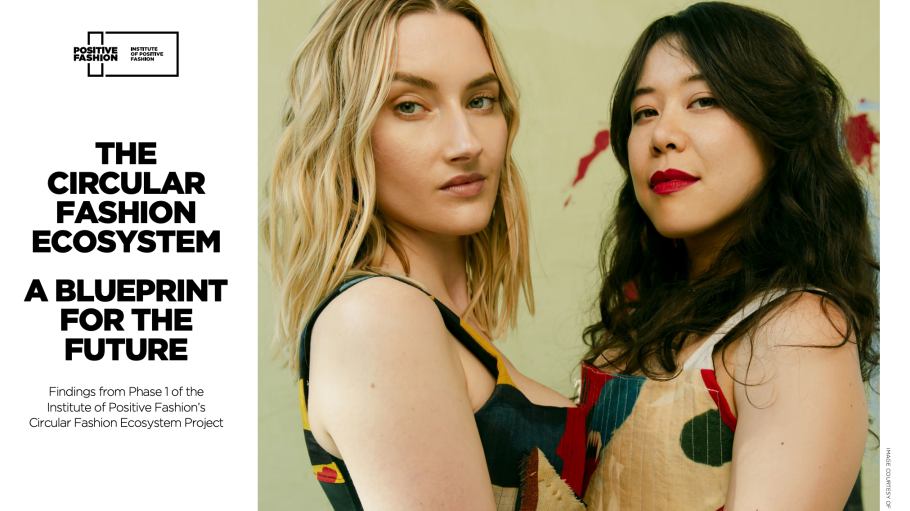
The report aims to reduce the industry’s impact on the planet through linear production models and defines what roles everybody must play.
As one of the largest fashion markets worldwide with revenues of 118 billion pounds and 890,000 workers, the U.K. needs to embrace systemic change to address waste across the supply chain, the report said. In 2019, some 4 billion pieces of apparel were purchased, and the majority of them are currently destined for landfills.
The good news is that the report found the U.K. fashion ecosystem is “well-positioned to move the industry forward to be fully circular,” and it set out three target outcomes.
The first is “reduced volume of new physical clothing.” The report points out that garments purchased in the U.K. have a significant environmental footprint, and the most effective way for U.K. stakeholders to reduce their individual and collective negative impact on the environment is through reducing consumer demand for new, physical clothing.
“Maximized utilization and revaluation through product circularity” is the second target outcome. The U.K. population purchases more clothing per person than many other European countries and throws away more than a million metric tons of clothing every year. By increasing the number of times clothing is worn, it can be ensured that more value is captured from all garments produced, the report said.
For the last target outcome, “optimized sorting methods and materials recovery,” the report said emerging technologies for fiber-to-fiber recycling show potential for scaling closed-loop and regenerative recycling of used clothing, but planning and investment need to start now.
These outcomes are underpinned by 10 priority actions and 30 recommendations for “an ecosystem of stakeholders who need to act collectively to succeed.”
The priority actions are circular design, consumer empowerment, circular and sharing business models, demand for circular and sustainable fibers, post-use ecosystem, sortation and recycling, enhanced identification and tracking, ecosystem modeling, policy and regulation, and infrastructure investment.
Read the full article on WWD
